

Hãy đăng ký thành viên VIP của 63Stravel để được hưởng ưu đãi.
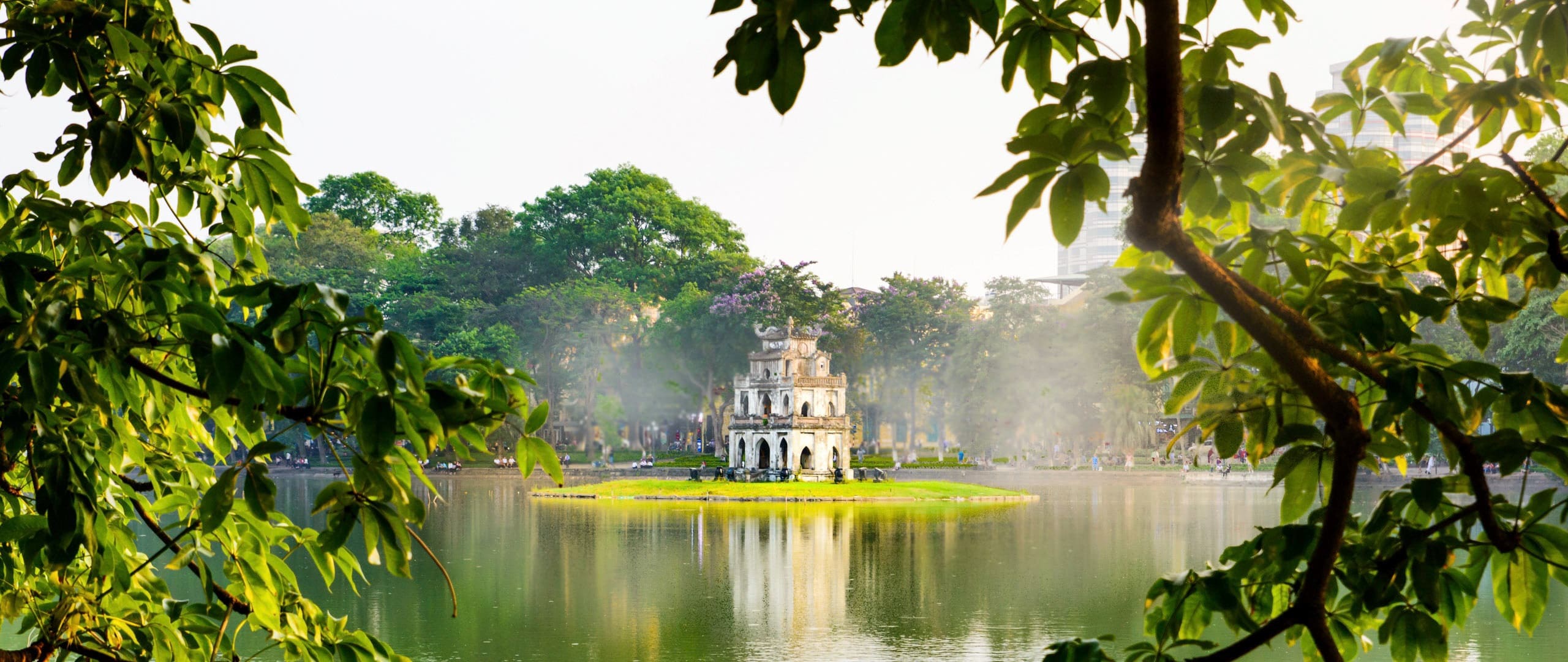 Hà Nội (6)
Hà Nội (6)
 Lào Cai (1)
Lào Cai (1)
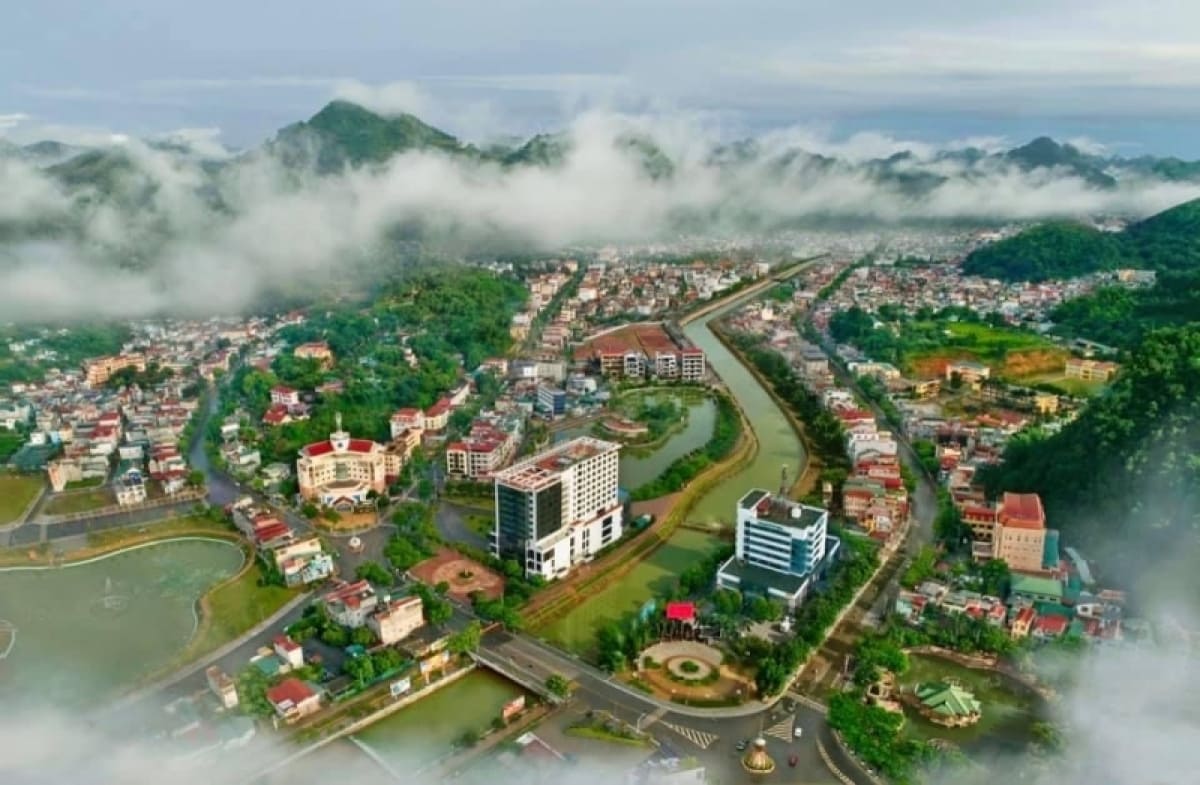 Sơn La (2)
Sơn La (2)
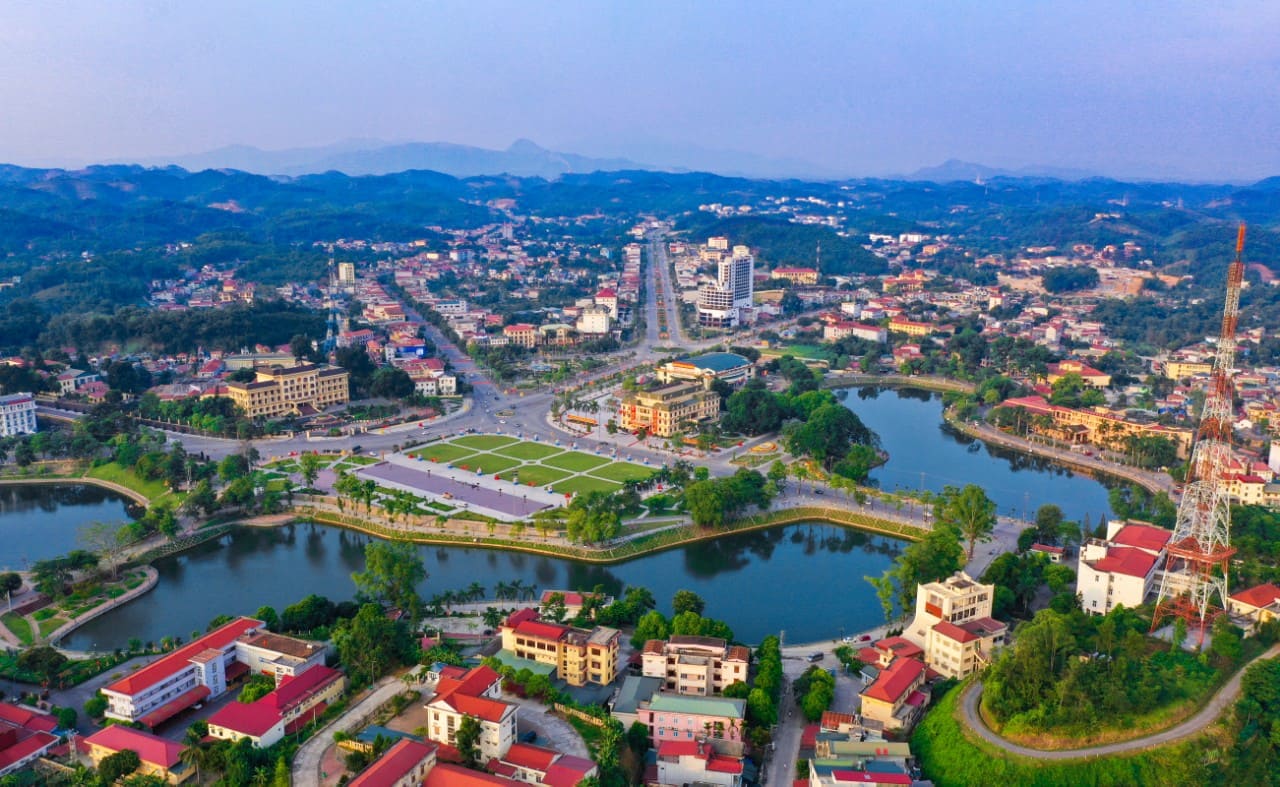 Yên Bái (1)
Yên Bái (1)
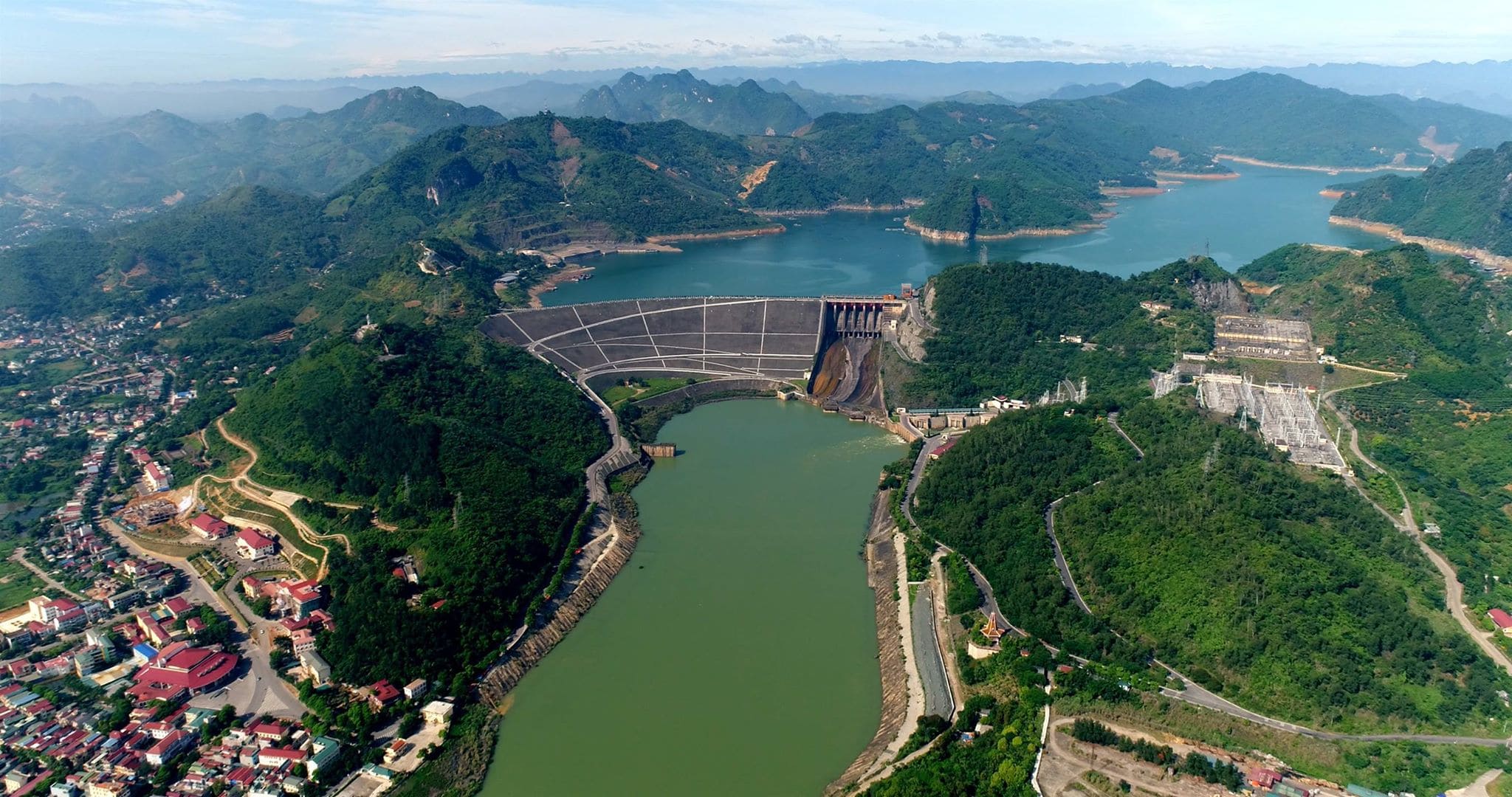 Hòa Bình (1)
Hòa Bình (1)
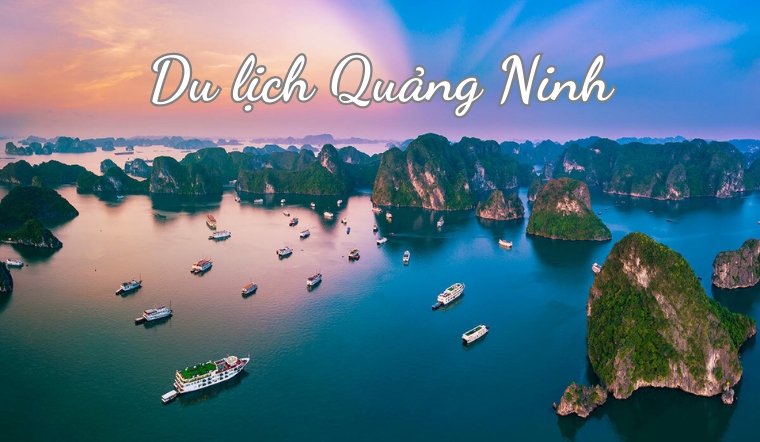 Quảng Ninh (18)
Quảng Ninh (18)
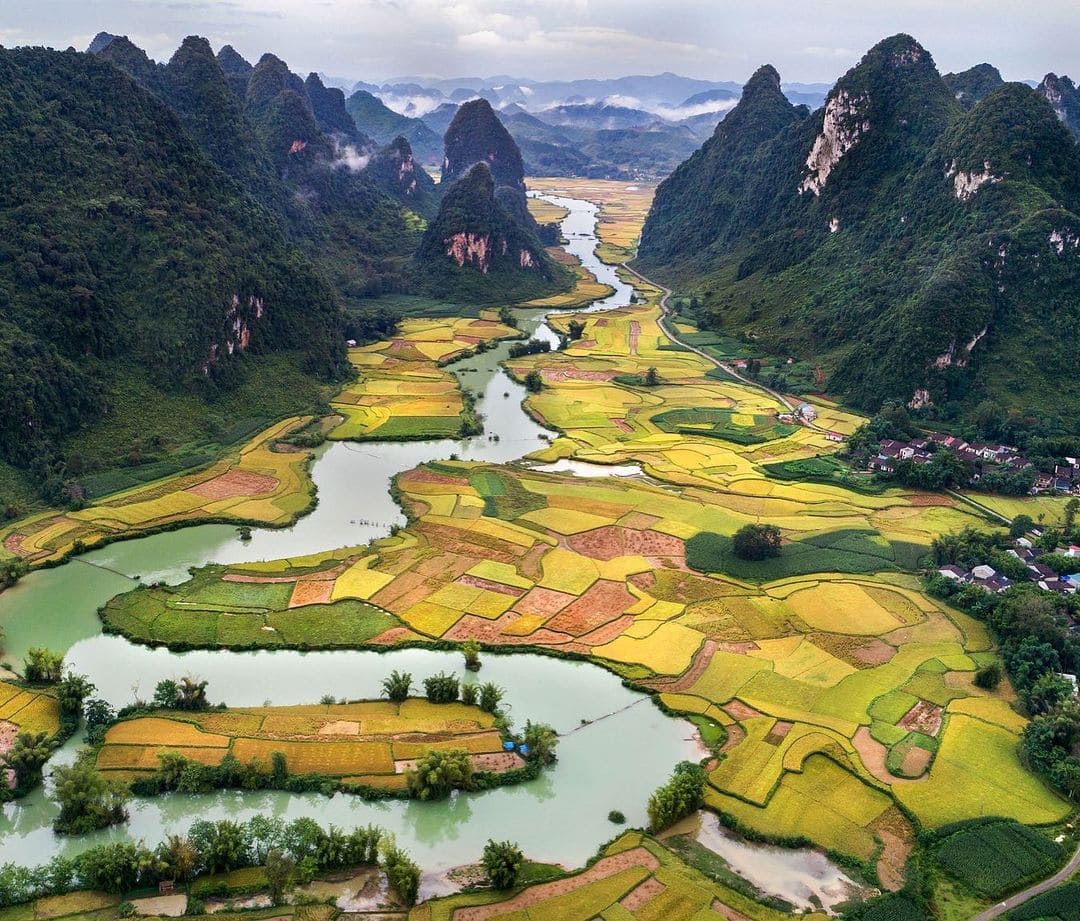 Ninh Bình (1)
Ninh Bình (1)
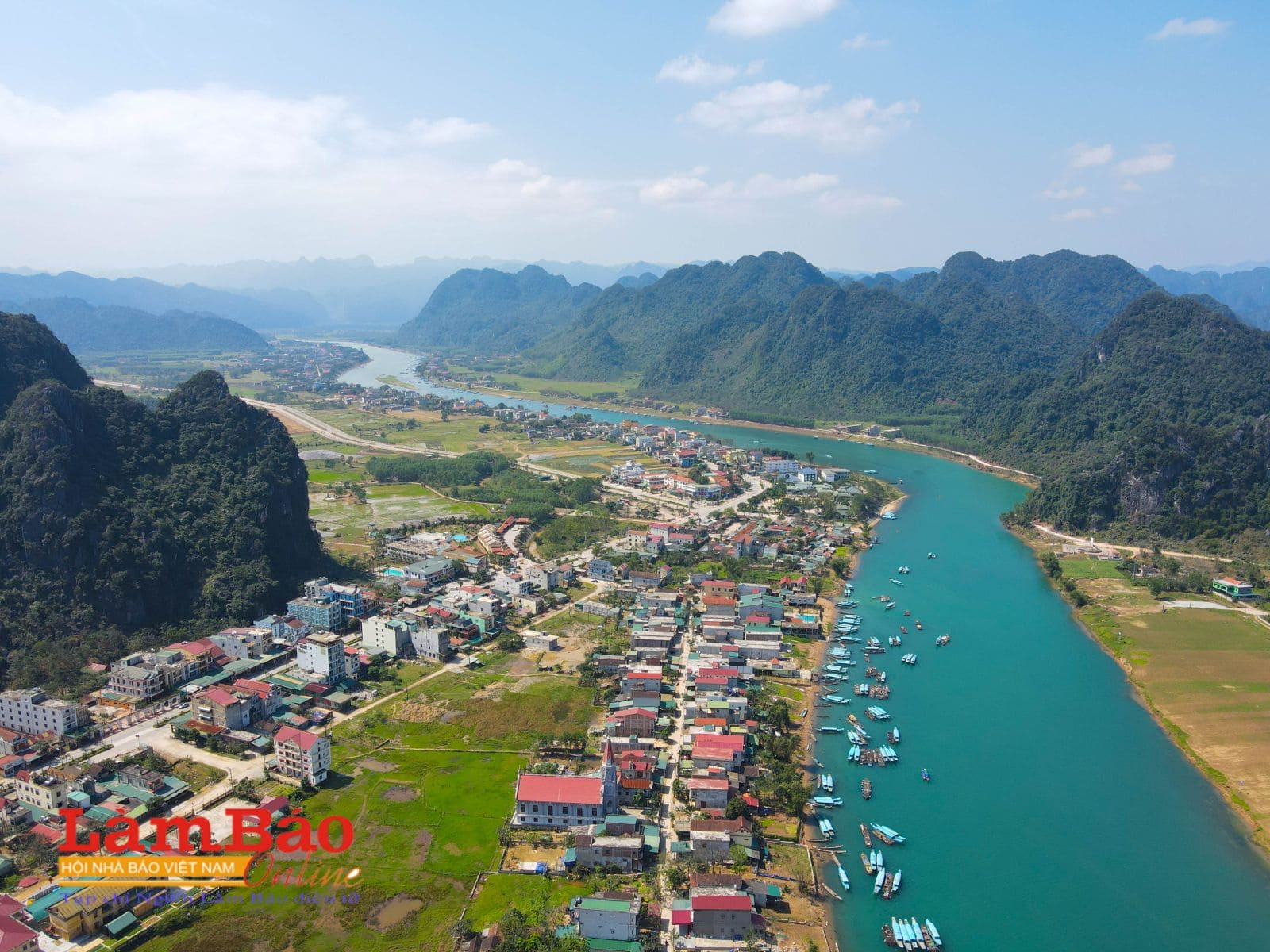 Quảng Bình (2)
Quảng Bình (2)
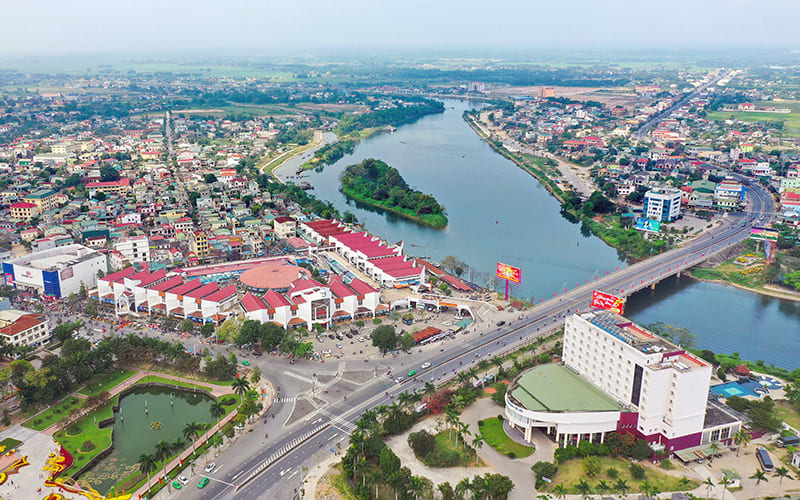 Quảng Trị (1)
Quảng Trị (1)
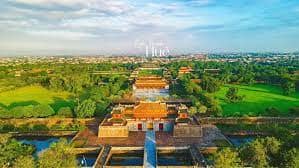 Thừa Thiên Huế (17)
Thừa Thiên Huế (17)
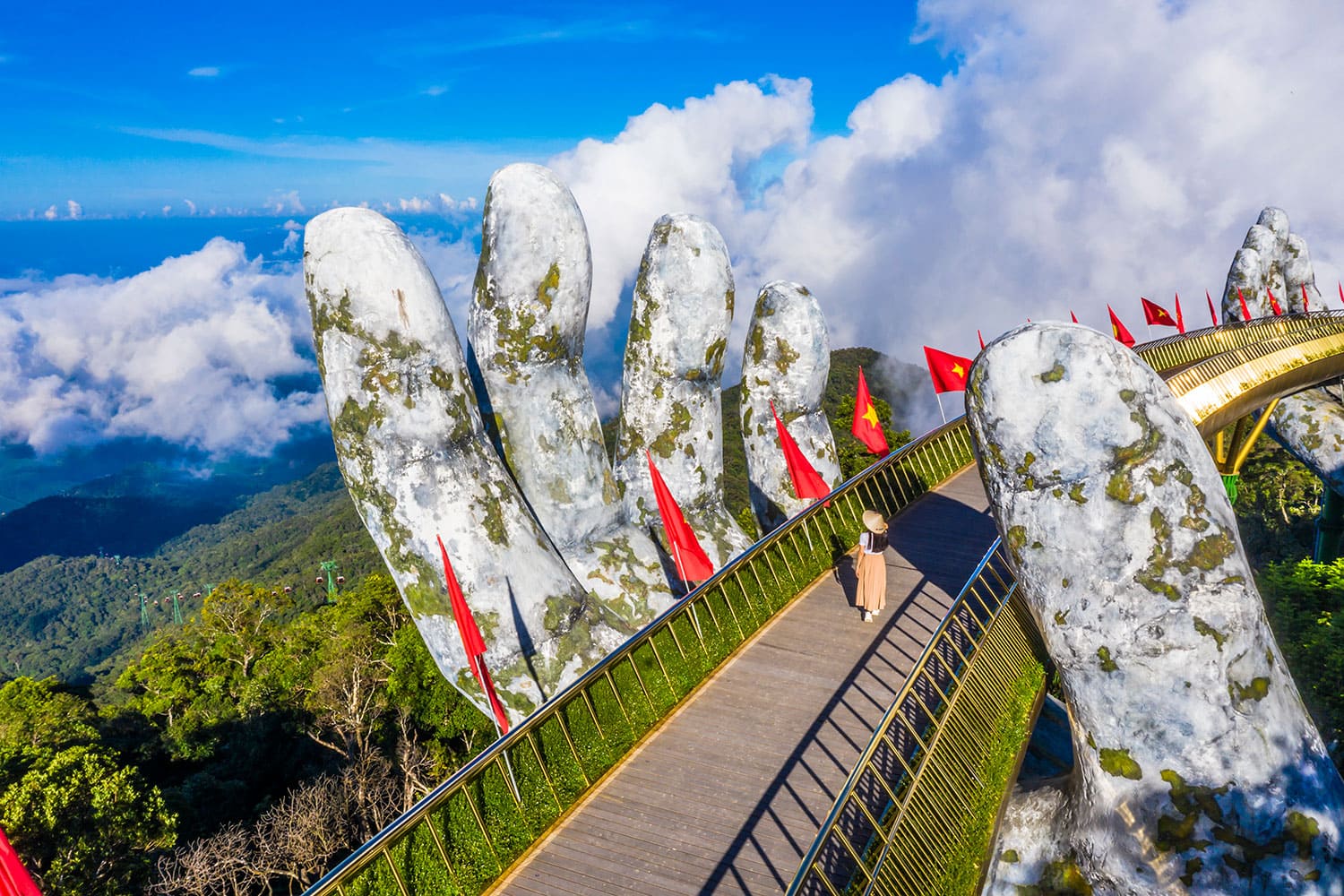 Đà Nẵng (24)
Đà Nẵng (24)
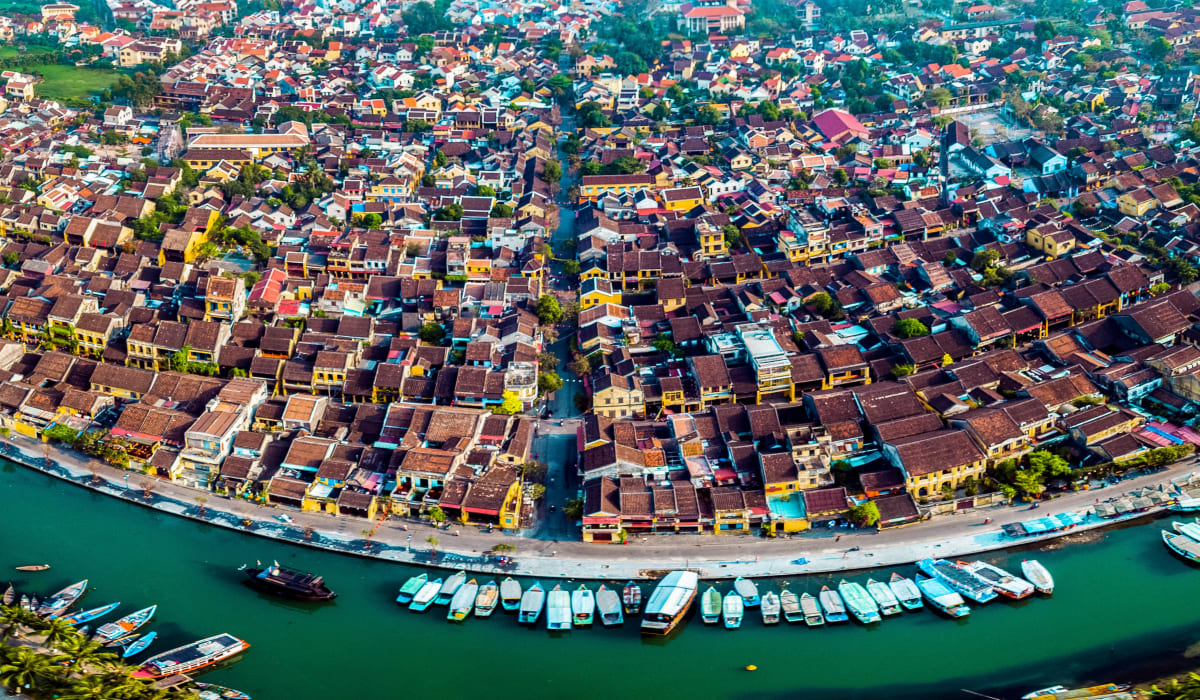 Quảng Nam (16)
Quảng Nam (16)
 Bình Định (1)
Bình Định (1)
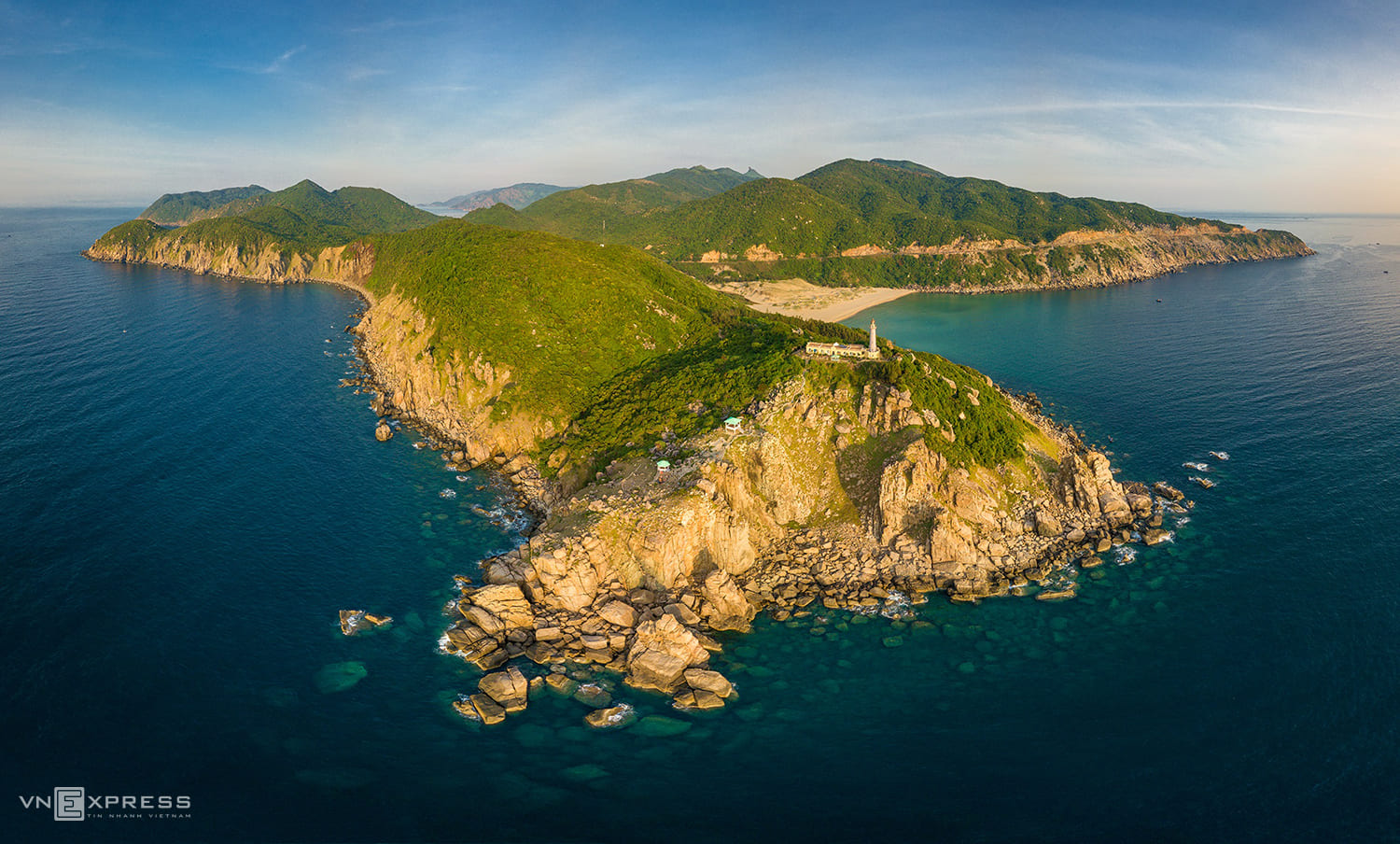 Phú Yên (1)
Phú Yên (1)
 Khánh Hòa (12)
Khánh Hòa (12)
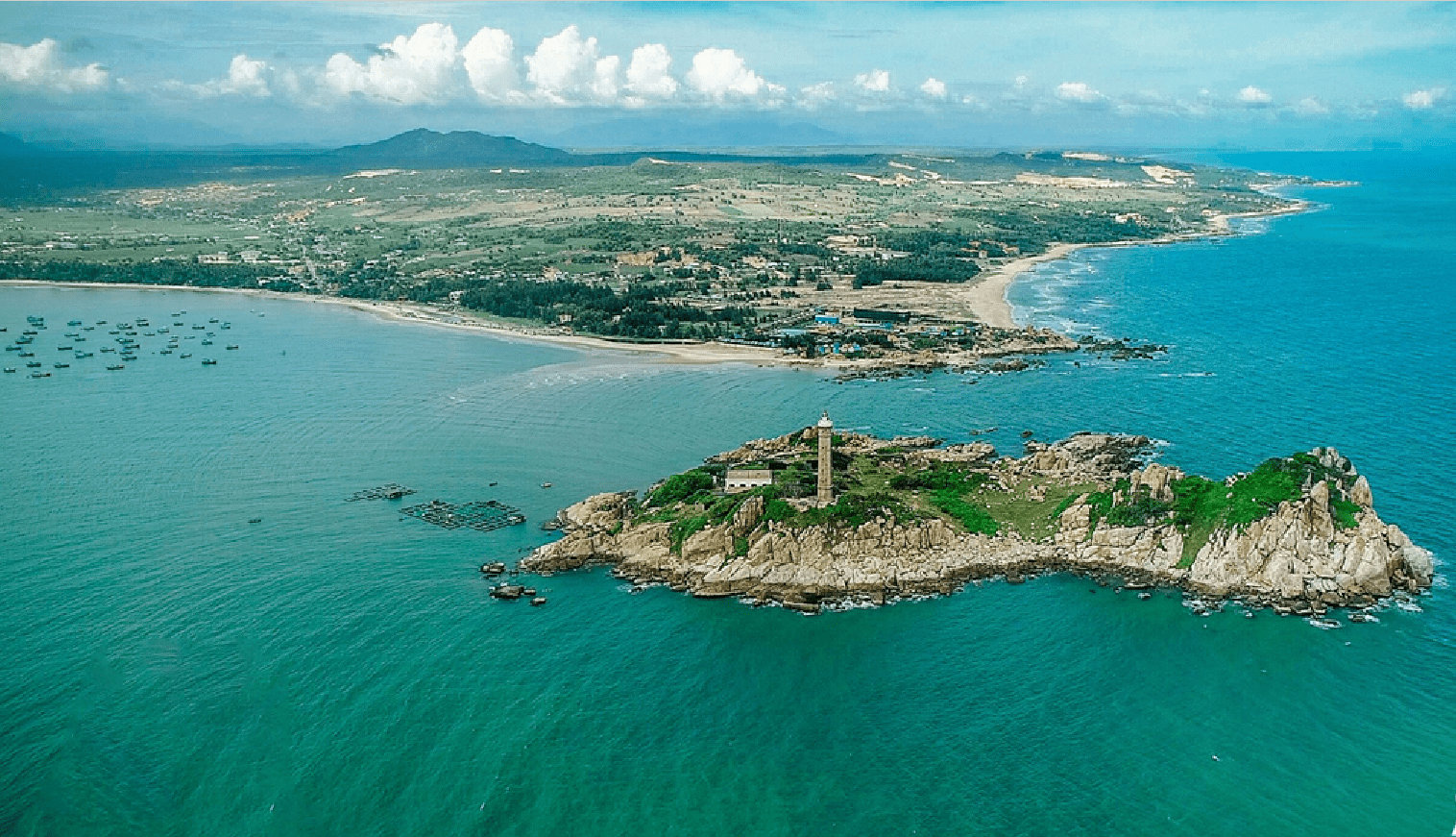 Bình Thuận (1)
Bình Thuận (1)
 Lâm Đồng (7)
Lâm Đồng (7)
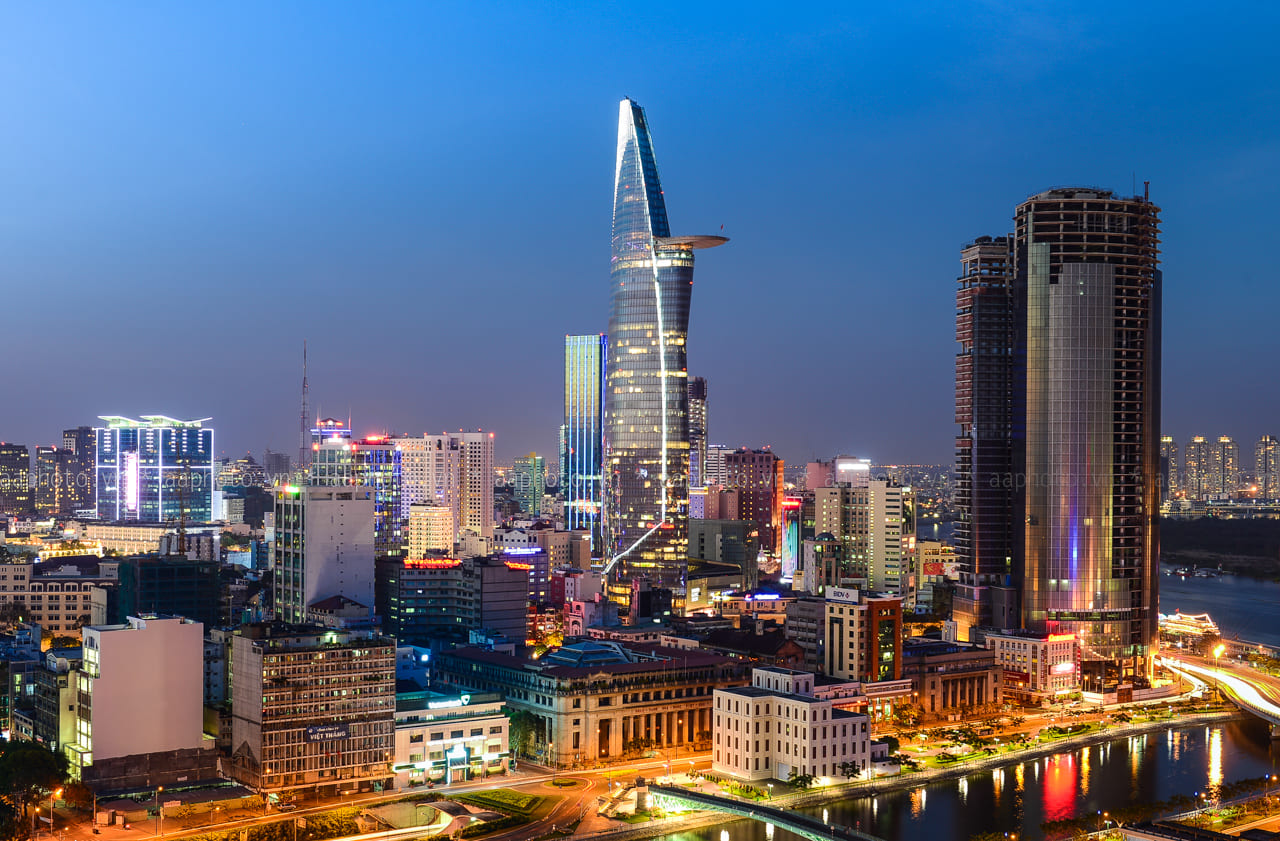 TP Hồ Chí Minh (3)
TP Hồ Chí Minh (3)
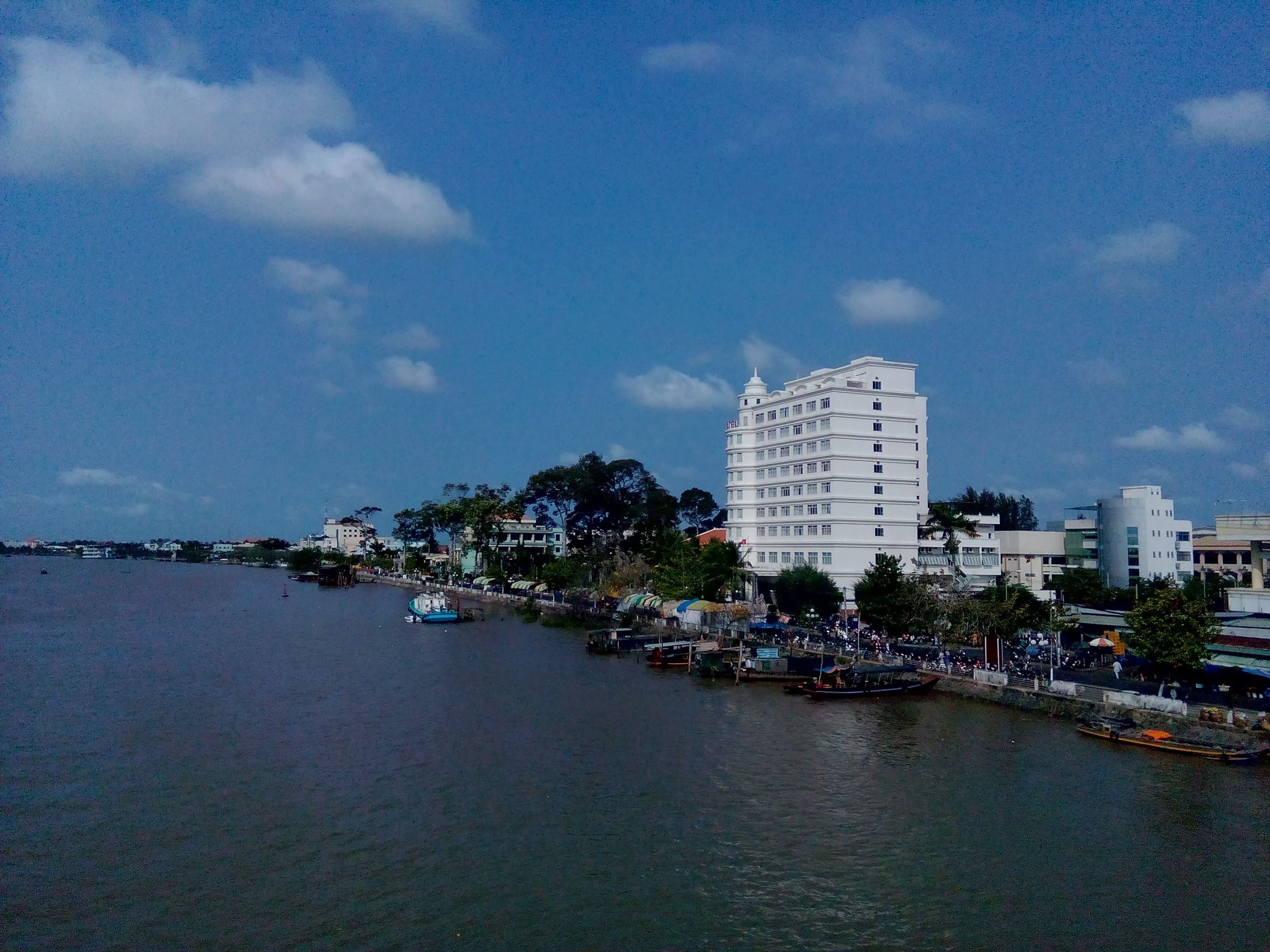 Bến Tre (3)
Bến Tre (3)
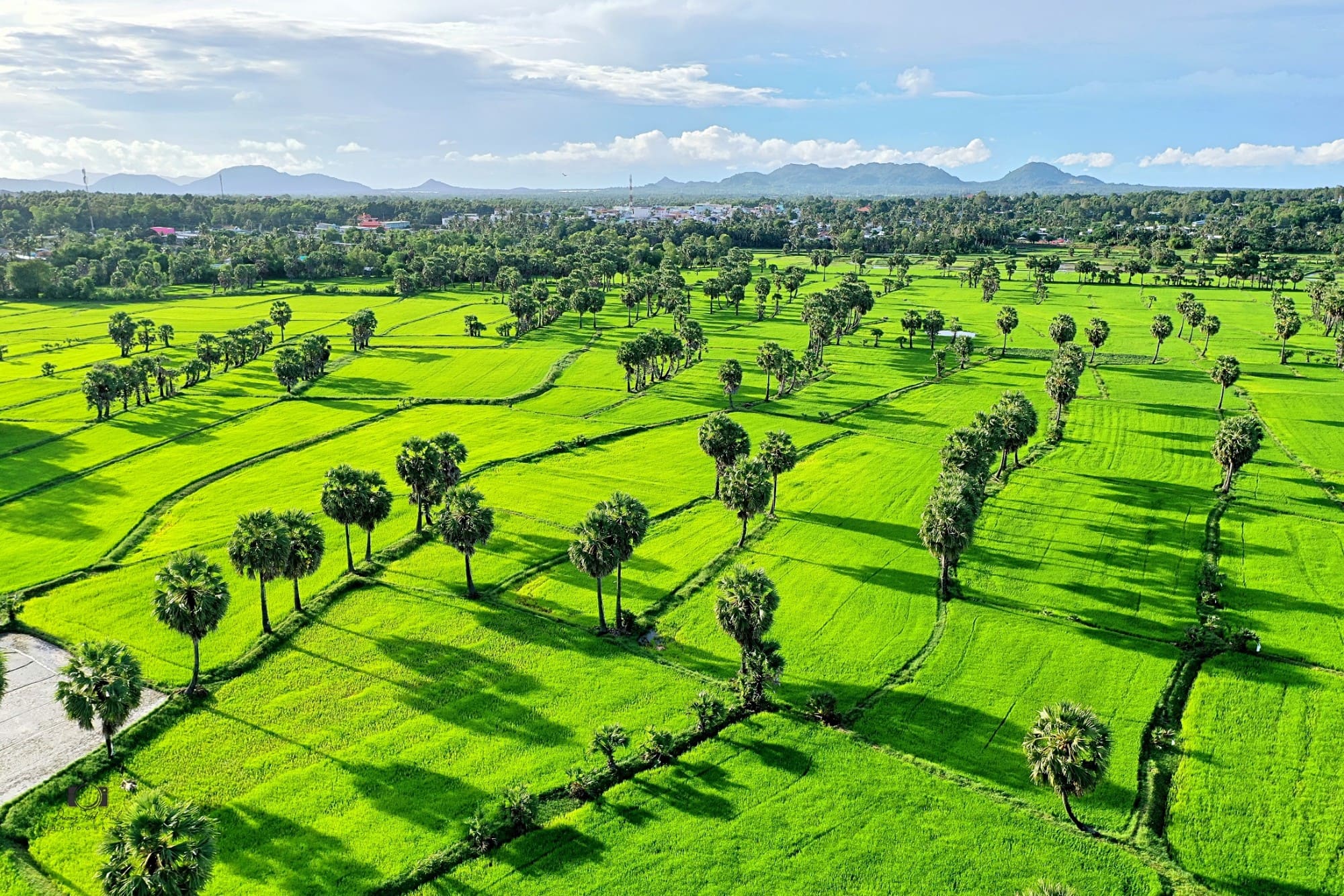 An Giang (1)
An Giang (1)
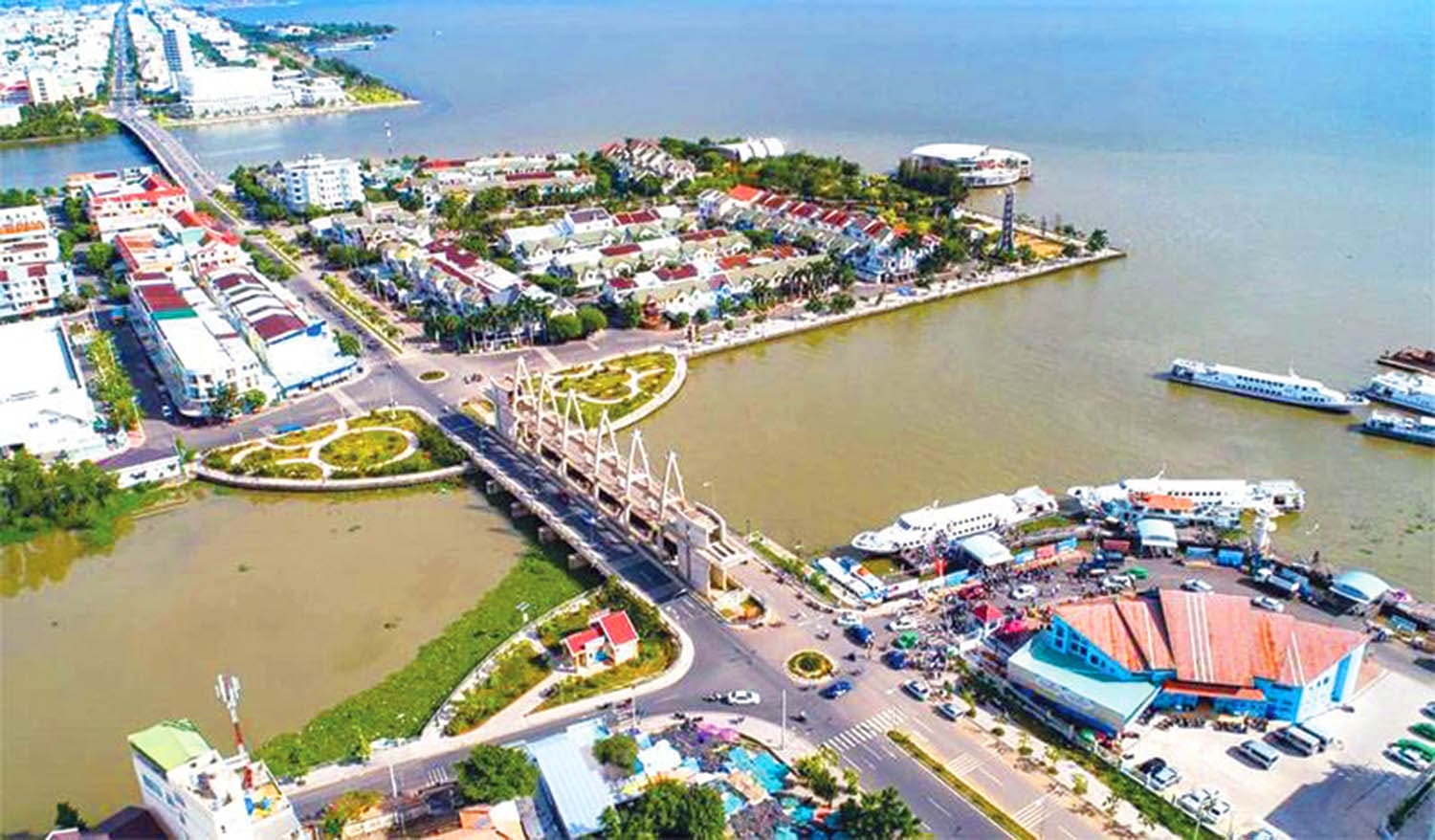 Kiên Giang (4)
Kiên Giang (4)
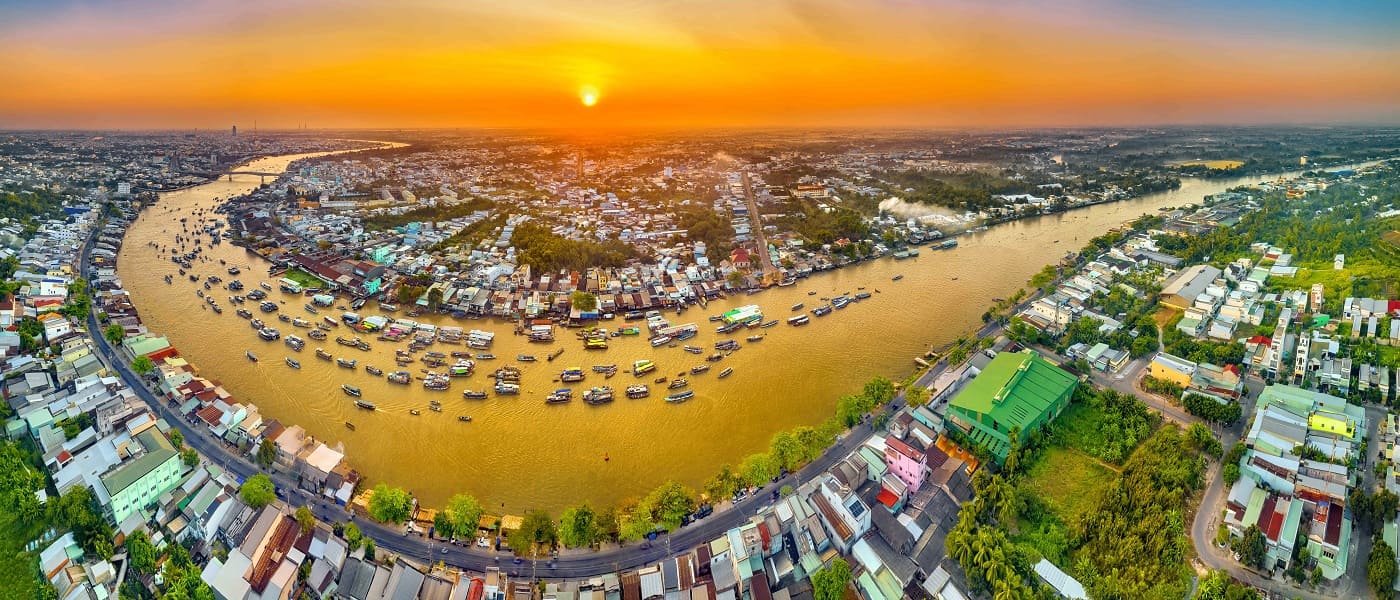 Cần Thơ (3)
Cần Thơ (3)
 Nước ngoài (3)
Nước ngoài (3)
The Twin Towers of Quy Nhon are recognized as a remaining historical relic of Cham culture architecture, standing out with their ancient beauty and enduring presence through generations. Hãy nghe Trần Thuỳ Thanh Xuân (Đồng Nai) một travel blogger nổi tiếng bật mí .
The Twin Towers (Hung Thanh Towers) in Quy Nhon are remarkable ancient architectural works of the Cham people, holding great historical, cultural, and artistic value. Today, the Twin Towers are a famous tourist attraction, drawing numerous visitors from all over to explore the architecture, learn about the culture and history, and take photos.
1. Highlights of the Twin Towers (Hung Thanh Towers)
The Twin Towers, also known as Hung Thạnh Towers, are located on Tran Hung Dao Street, Dong Da Ward, Quy Nhon City, Binh Dinh Province. According to the records preserved by the Twin Towers Monument Management Board, these towers date back to the late 12th and early 13th centuries. Compared to other Cham towers that still exist in Binh Dinh, the Twin Towers are the closest to the sea, situated only about 4 km southeast of the coastline.
The Hung Thạnh Towers in Quy Nhon consist of two towers. These towers feature unique architecture and are exemplary works of Cham architecture in Binh Dinh. In 1980, the Hung Thạnh Twin Towers were classified as Architectural Art Monuments by the Ministry of Culture and Information.
(Source: Collector)
2. What makes the Twin Towers of Hung Thanh in Quy Nhon special?
2.1. Unique architectural artistry
The Twin Towers are built with a distinctive structure. Both towers have their main entrances facing south and are constructed with fired bricks. The bricks are closely aligned and bonded with a special adhesive, a construction technique of the Cham people that remains unexplained to this day.
The Hung Thạnh Towers consist of three main parts: the base, the body, and the top. The decorative elements at the corners of the towers are intricately carved and vivid, including motifs such as composite figures of elephant-headed lion bodies, the Garuda bird deity, and six- or eight-armed stone figures. Inside the larger tower, the sacred Linga and Yoni are represented by a mortar and pestle.
- The Larger Tower: Standing approximately 25 meters tall, it is relatively well-proportioned. The body and roof are adorned with finely tapered cornices, featuring symmetrical patterns and lively, beautiful images of dancing maidens around the roof edges. In the space between the roof and the body of the tower, there is a depiction of a meditating monk, flanked by symmetrical elephants. The carvings are skillfully executed, reflecting the rich cultural and religious heritage of the Cham people.
- The Smaller Tower: This tower, standing at 23 meters tall, has a similar structure to the larger tower. The difference lies in the roof cornice decoration, which does not feature dancing maidens but instead depicts a playful herd of 13 deer in various poses.
(Source: Collector)
2.2. A site for valuable antiquities
The remaining artifacts in the Twin Towers of Hung Thạnh are few in number and mostly incomplete, but they are all valuable relics. These are unique and refined sculptures that vividly represent the distinctive cultural and spiritual life of the ancient Cham people.
Elephants and bird deities are among the sculptural remnants found in the Twin Towers. The discovered artifacts include bas-reliefs of dancing maidens, dragon bas-reliefs, a pillar with inscriptions on three sides, and the Nandin bull head. These artifacts have been reported in specialized journals and are currently on display at the Binh Dinh Museum.
(Source: Collector)
2.3. A place spreading great cultural and spiritual values
The Twin Towers of Hung Thạnh is a famous tourist destination in Quy Nhon, attracting many visitors who come to explore and learn about the unique Cham architectural style. It provides insights into the spiritual, cultural, and historical life of the ancient Cham civilization.
Visitors to the Hung Thạnh Towers can also witness traditional Cham dance performances, with girls in traditional attire reenacting these dances for tourists. This helps to spread the significant cultural and spiritual values, reflecting the rich heritage of the ancient Cham culture.
